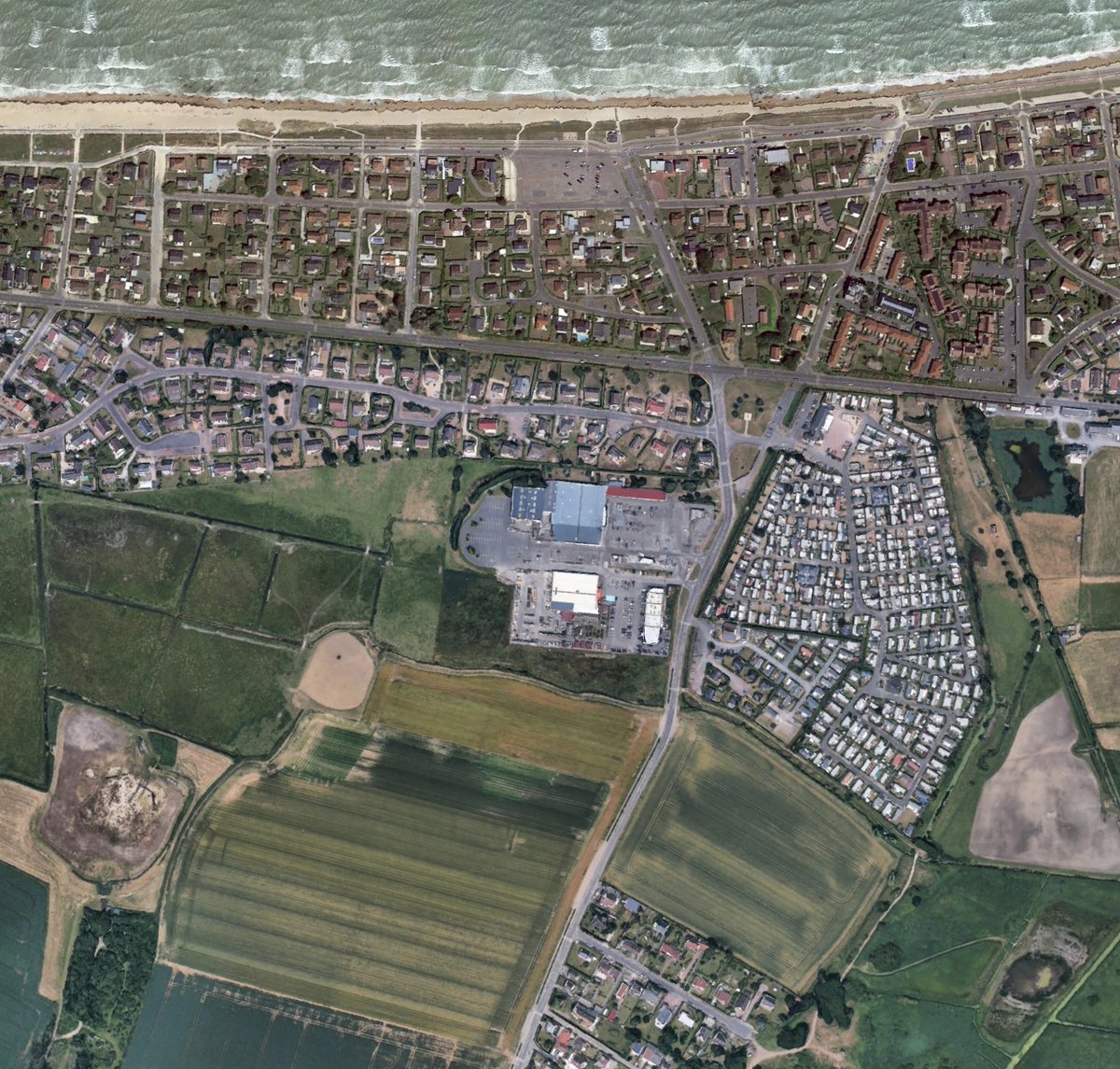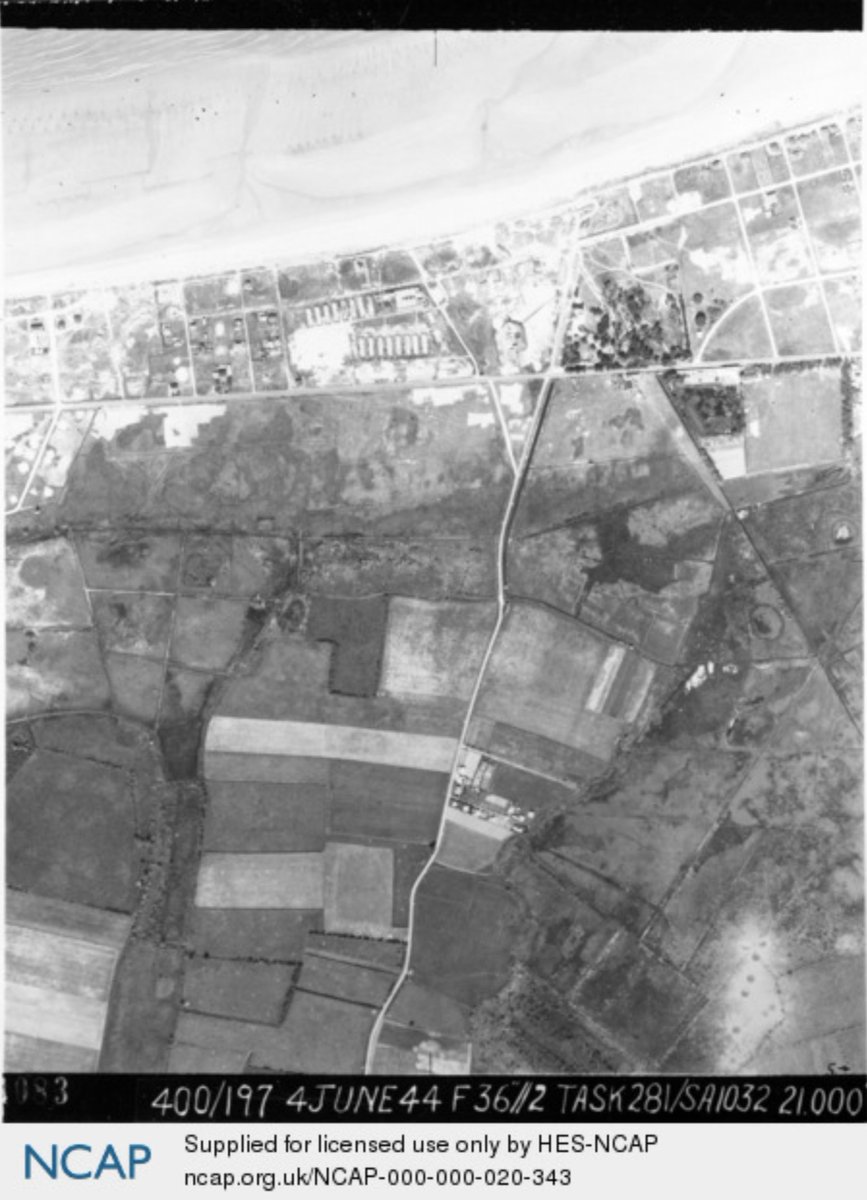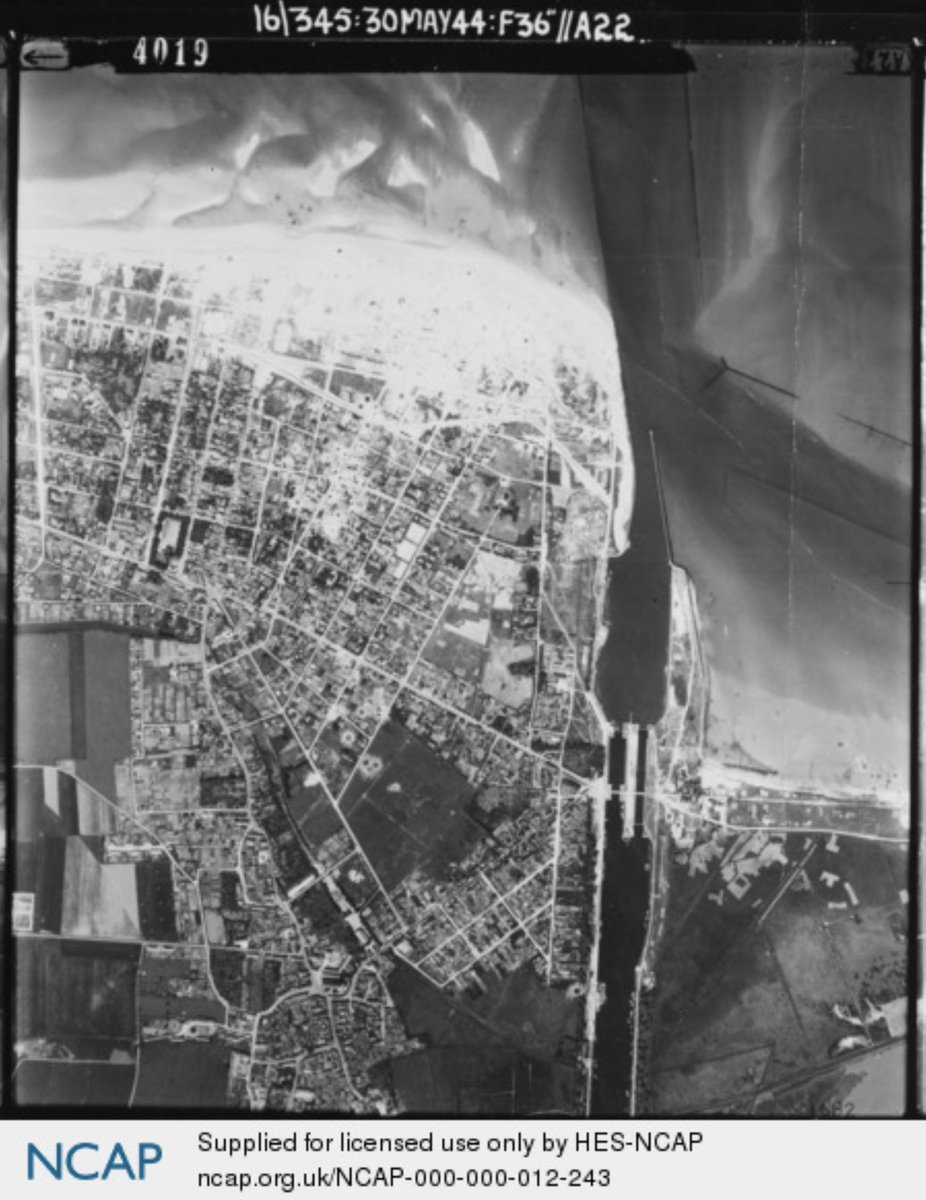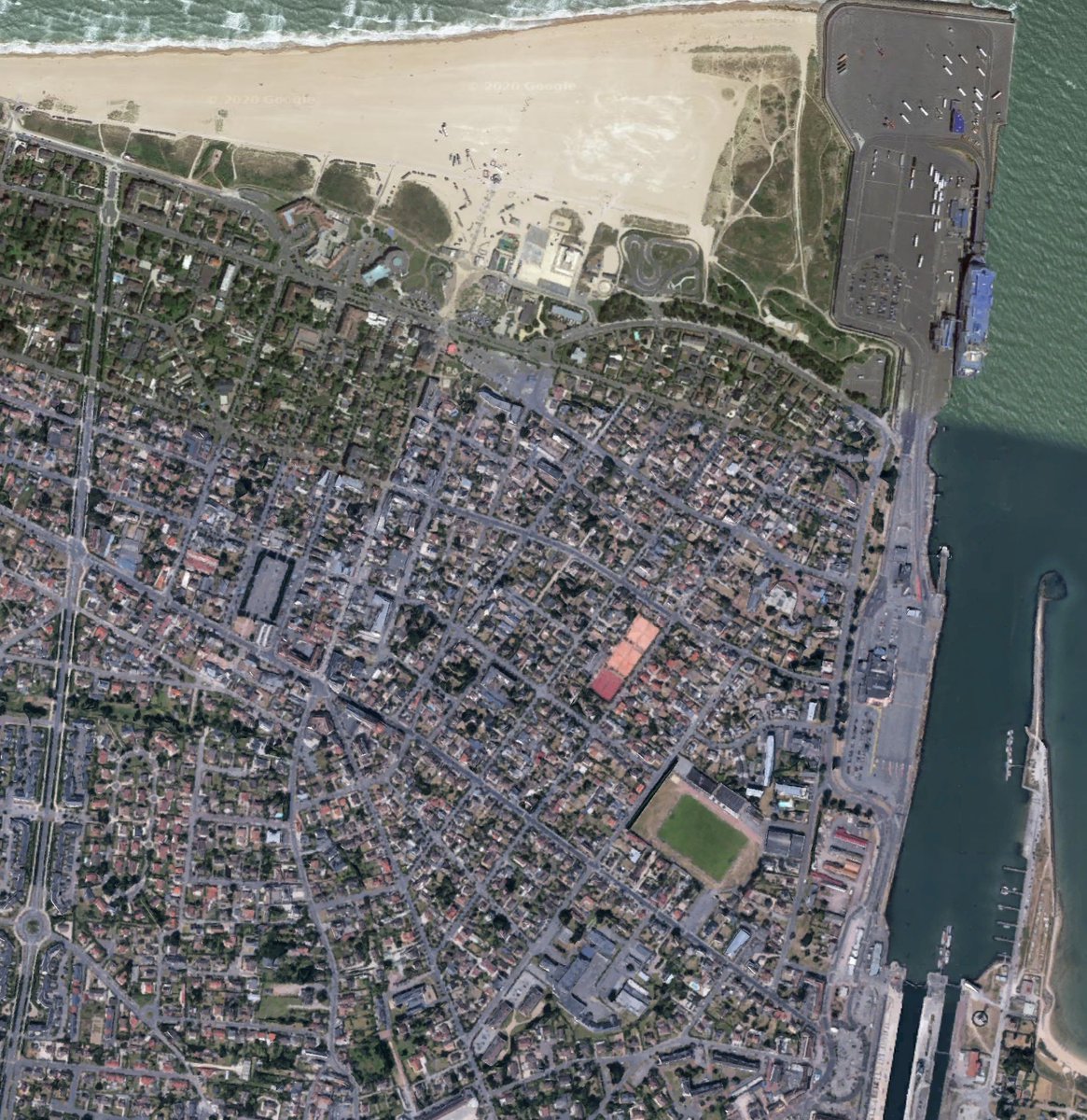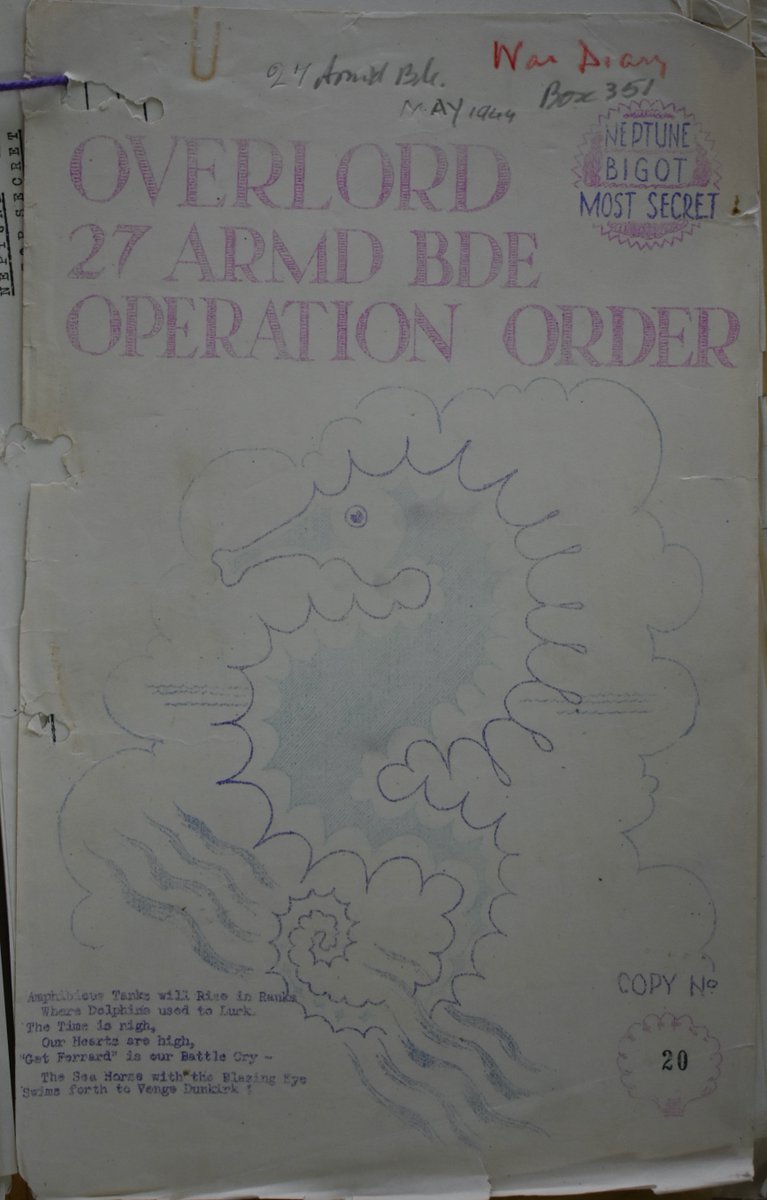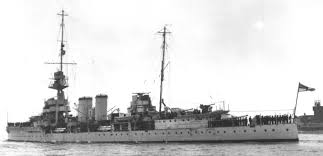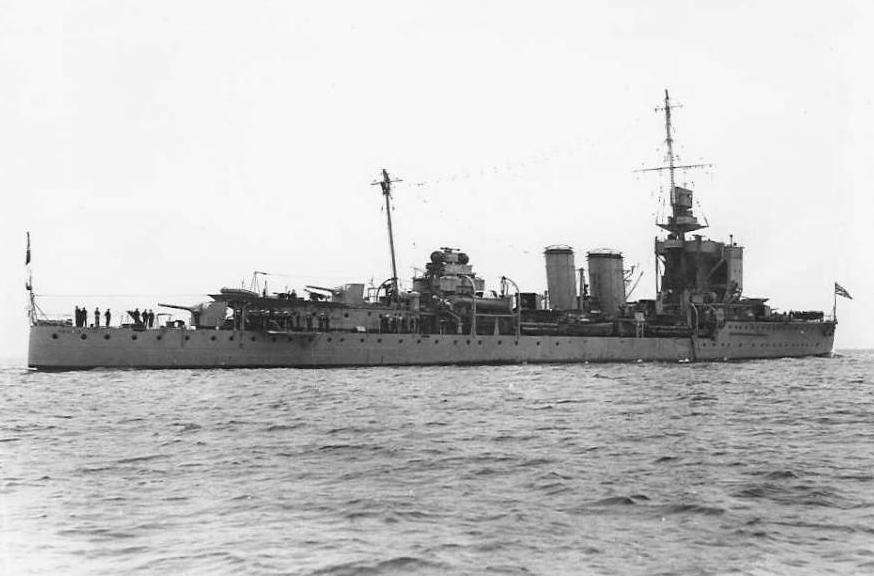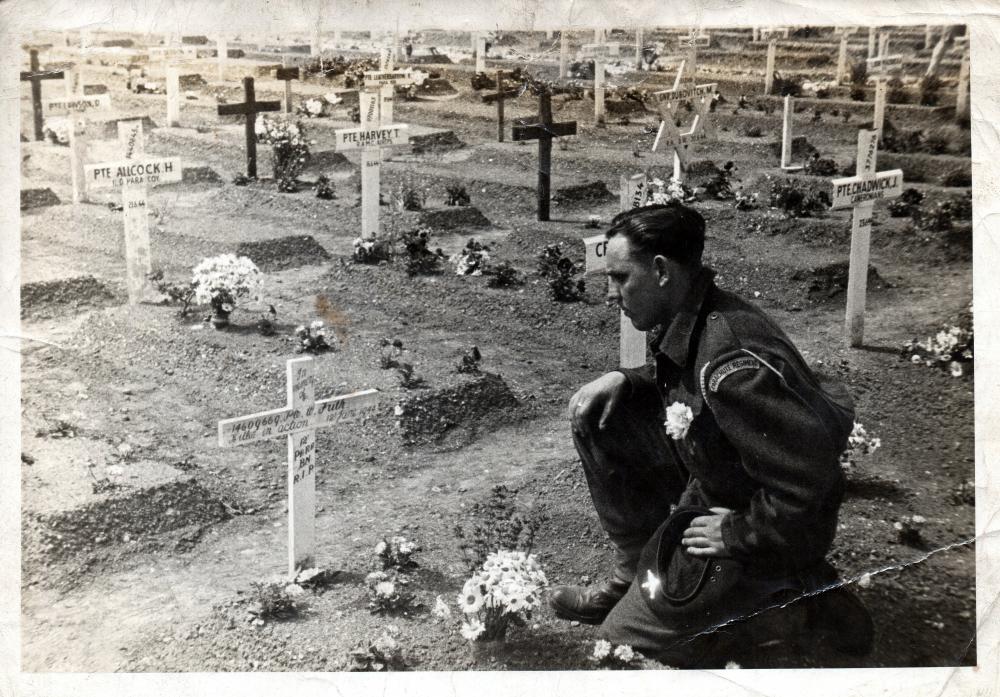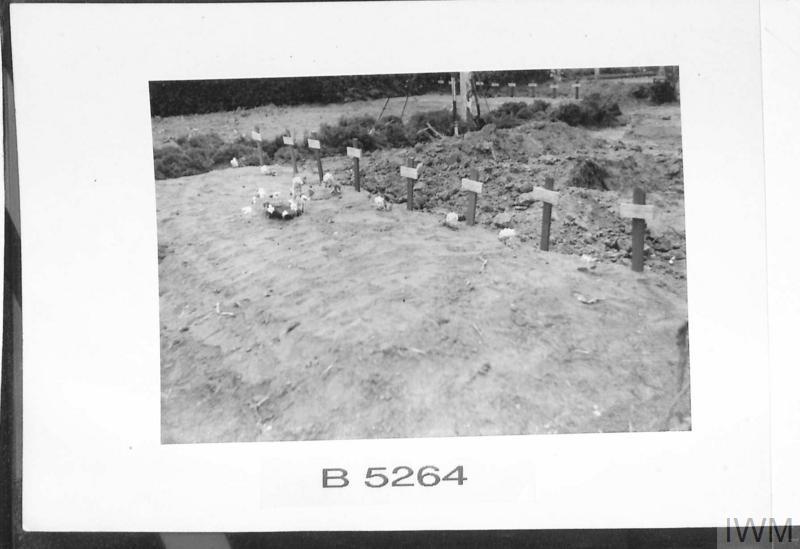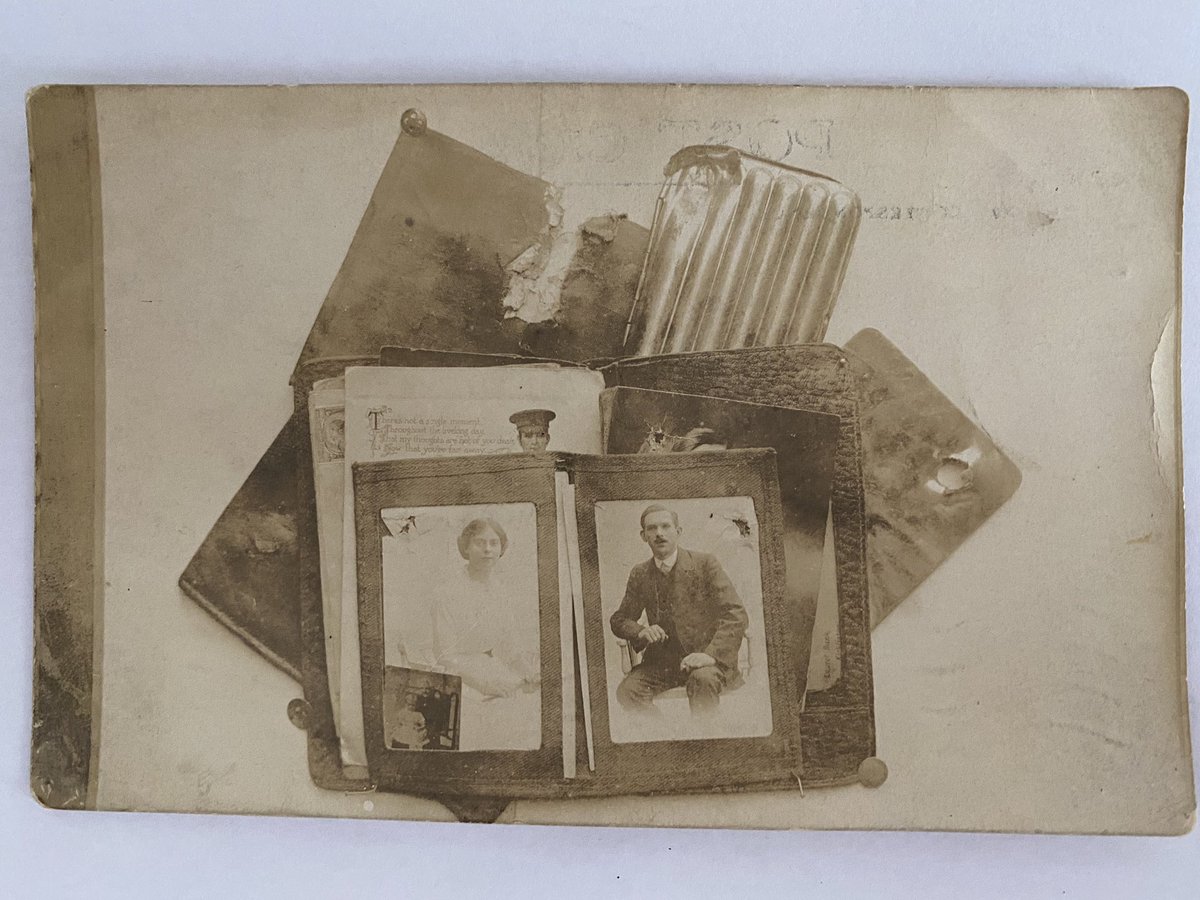
Following on from last weeks look at the 12 SS Panzer Divisions defensive positions around Galmanche and the impact on the British 59th Inf Div during Op Charnwood, today I wanted to look at the ridge leading up to Lebisey that the British 3rd Inf Div would attack...
https://twitter.com/BattlefieldBen/status/1460722707247603717
This photo is the D60 looking south, the road leads into Caen and would be a main axis of advance for the British on the 8 July '44. Behind me, 1km away is the village of Bieville. The British frontline had formed around this area since the 6 June. We will come back to here later 

Here's the overview map of where we are just north of Caen. The landscape has changed a lot with urban and industrial sprawl since 1944. The map on the right is from 1950-65. Source- remonterletemps 

To focus in closer the area of German defences we will look at is roughly around the area's circled in red. Source- remonterletemps 
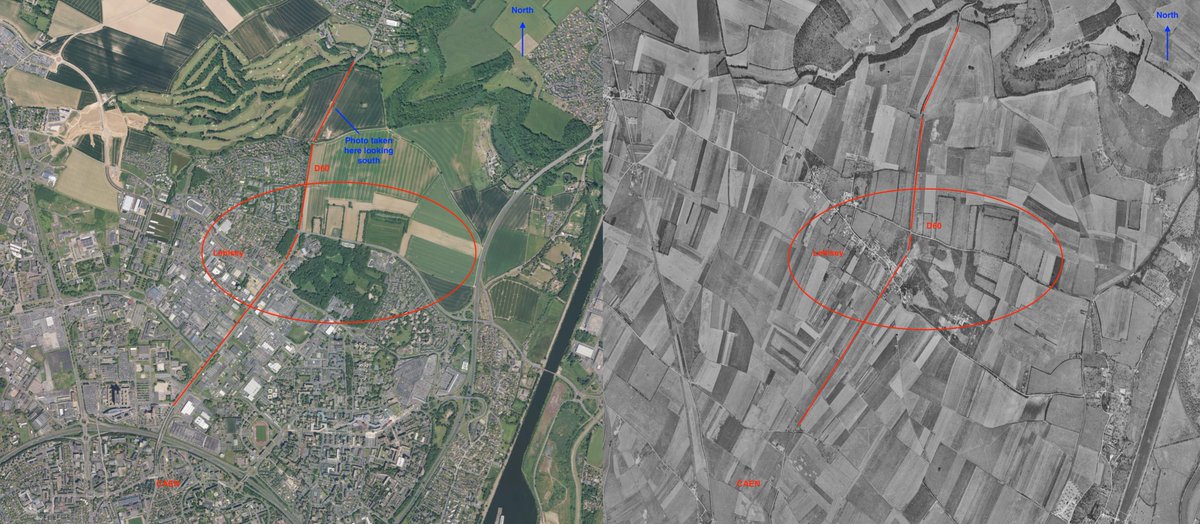
The German's defending this area were the badly mauled men of the 716. Infanterie-Division and supported by elements of the 16. Luftwaffe Felddivision. IWM image B 6664, taken in the area of Lebisey on 8 July '44 during Op Charnwood. 

Allied intelligence prior to the operation had began to build up a picture of what defences lay in wait. This was also added to be interrogation of POW's. In some war diaries, infantry units had questioned who the soldiers in blue uniforms were until POW's had been taken. 
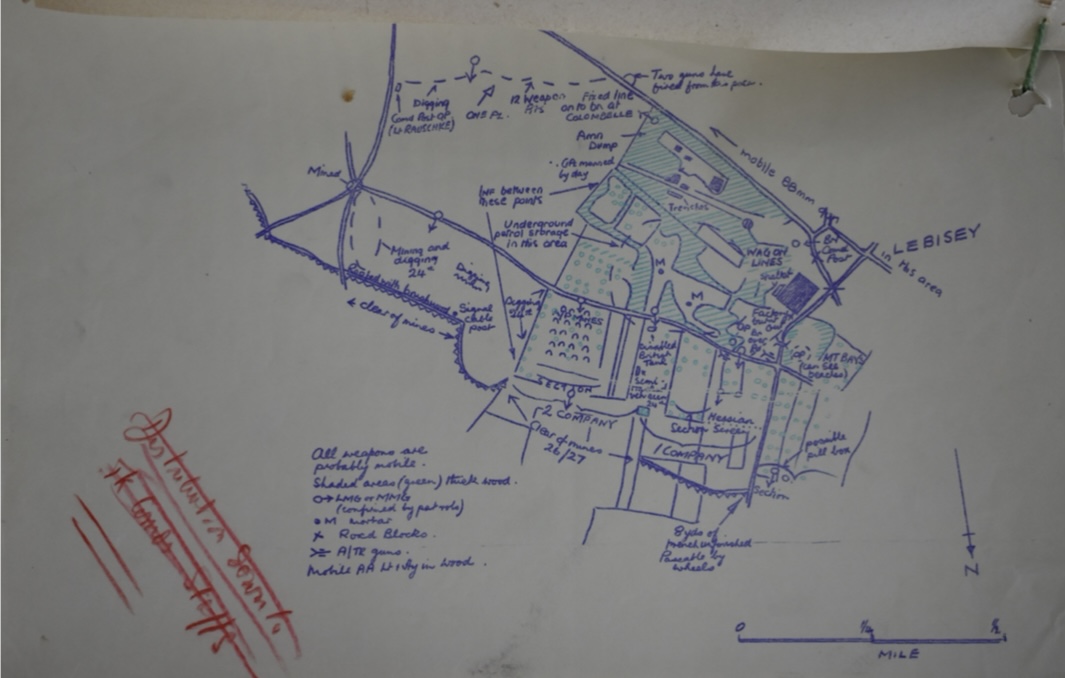
I have tried to best overlay the archive intelligence map from the 27th Army Bde HQ Diary over the map. The northern part matches up well and shows roughly the area of minefields, wire, defences. 
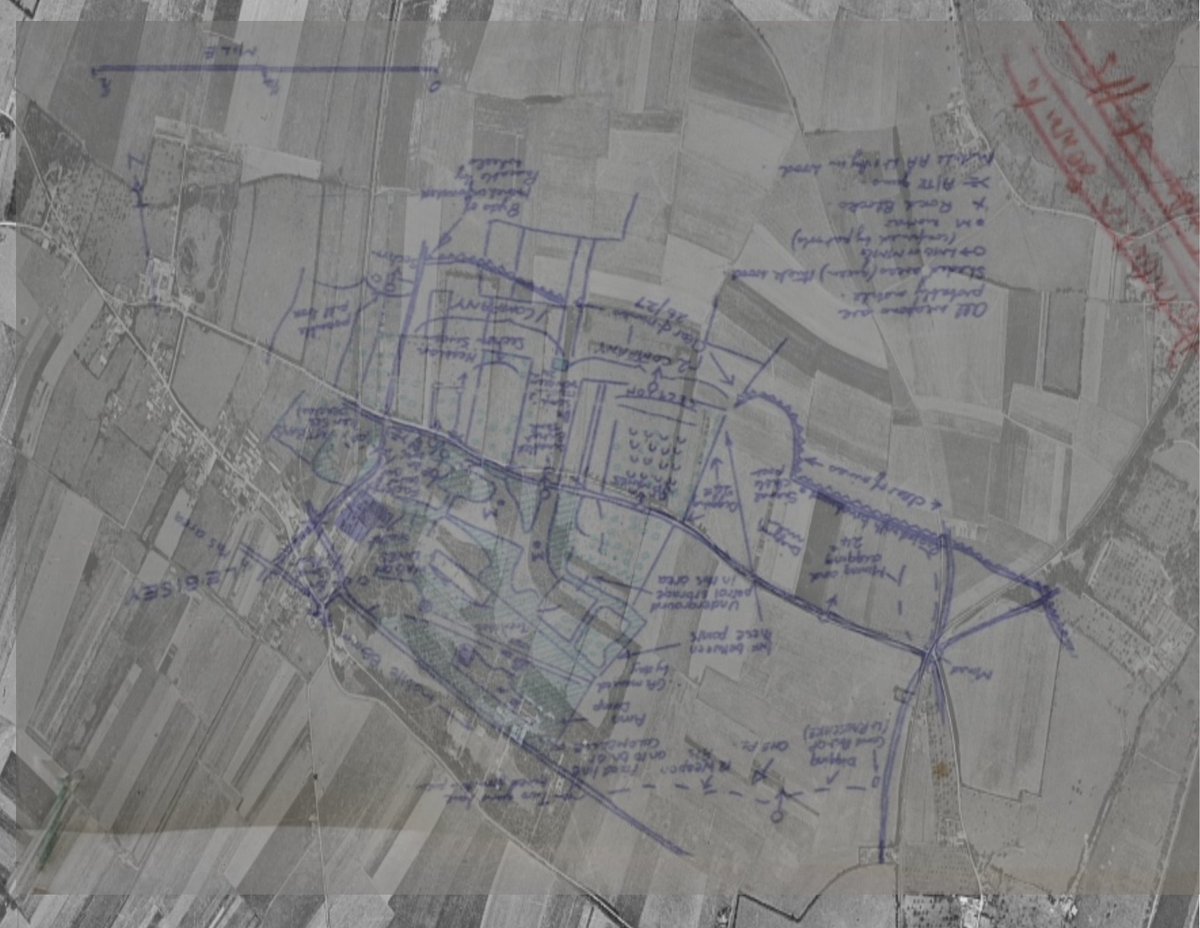
From these maps the terrain is not given justice, the British 3rd Inf Div advance would be on the upslope in open terrain. The incline of around 60-100ft from the now golf club roundabout up to the traffic lights at Lebisey. This is exactly 3.4km in distance. 

This would have been the perspective from the German positions looking towards the area and ground the British would slowly come up from and into view. 
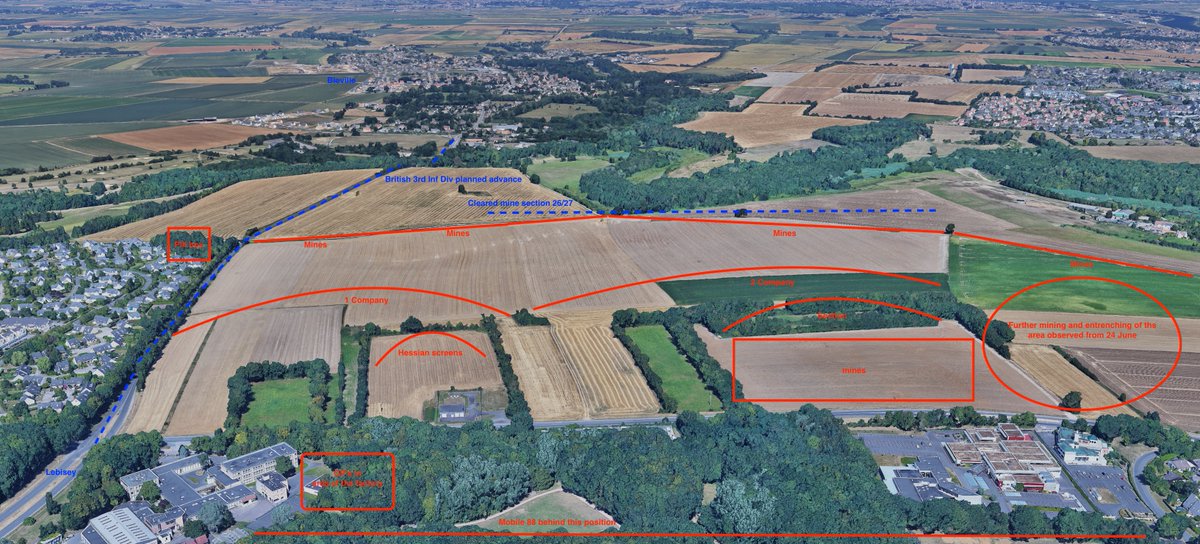
Now from the British view, the men of the infantry brigades would push along this axis towards Caen. Note, there were further defences to the right as you look. This included hull down Mk iv Panzers of the 21st Panzer Division. 

Here is a more in-depth intelligence map from the KSLI, kindly provided by @ShaunColdicutt. You can see further to the west more defensive positions to where the KSLI would advance and take from the area of Square Wood. 
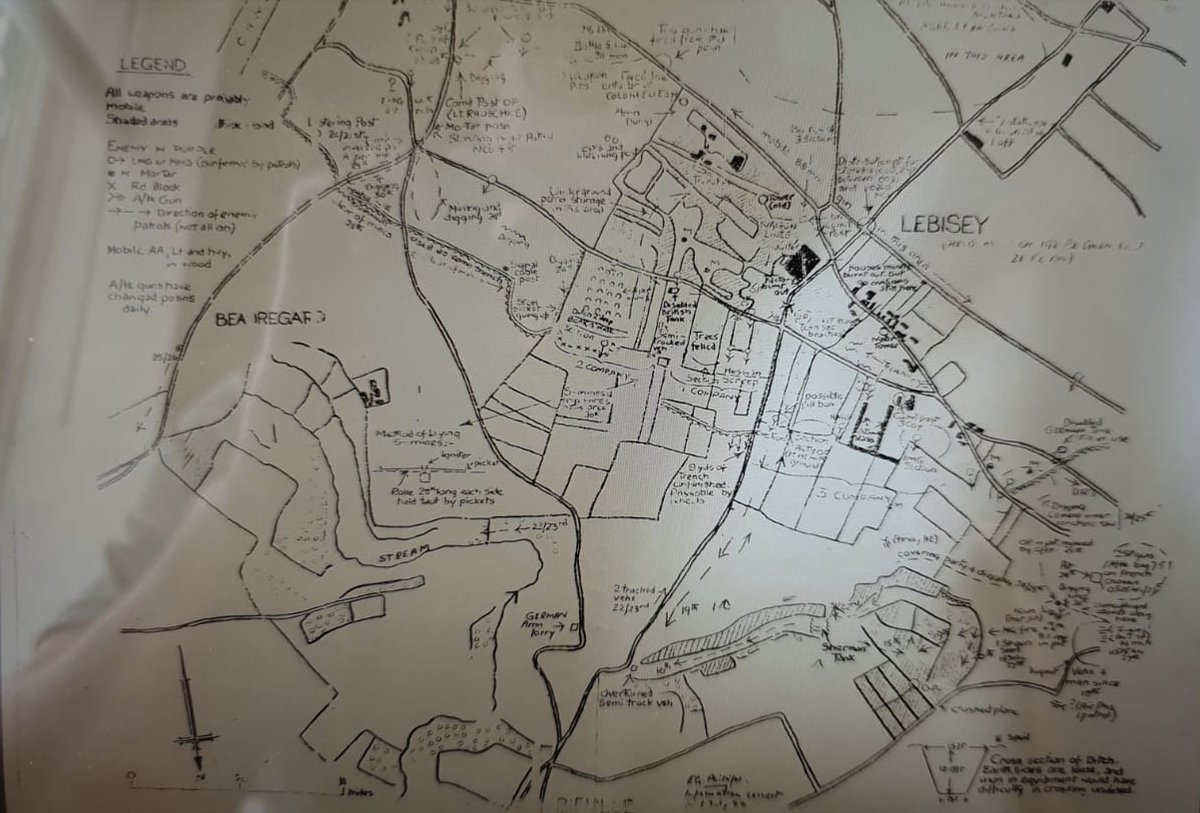
They would be supported by the Staffordshire Yeomanry, 27th Armd Bde. Here a Sherman firefly, mostly likely of the Staff Yeo races towards Lebisey on the 9 July '44. IWM B 6751 

A then and now from the 8 July '44, here Shermans of the 33rd Armd Bde advance towards the junction at Lebisey. IWM Image 


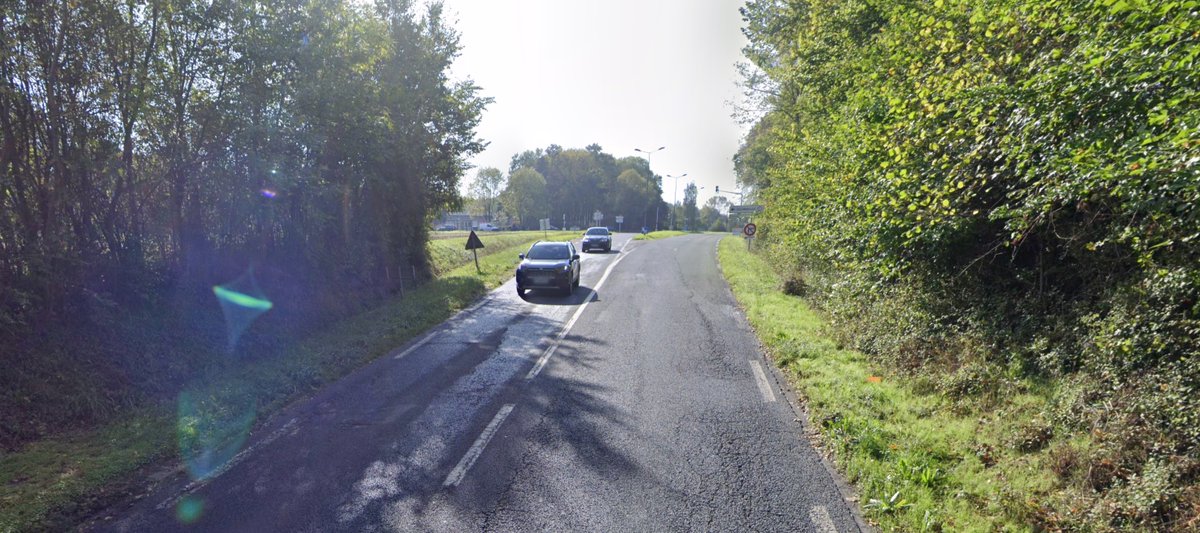
The British Infantry quickly moved through this area, here they advance into Lebisey on the 8 July. IWM image. 
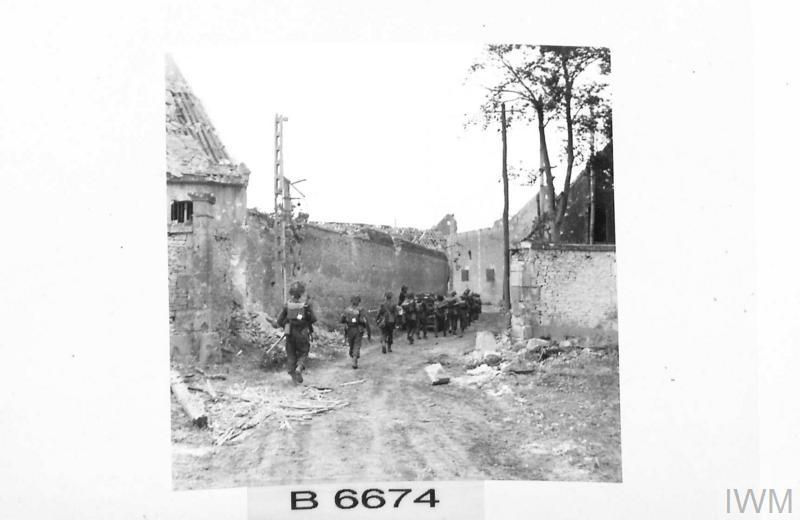
The reality of these defences were that although placed in positions with good fields of fire and using the terrain to their advantage, they were quickly overcome by the British. 

Pre bombardment from the air also from artillery and naval had a big effect. The German troop that was positioned here was also not of the quality further west, the example of the 12 SS at Galmanche. 

Casualties for the British were lighter here than in the area of Galmanche for the 59th Inf Div. A quick look at the 2RWR diary recorded 25 killed in action and the 1 R Norfolks with 109 casualties. The Brit 3rd Inf Div took a large number of prisoners. IWM image- B 6641 
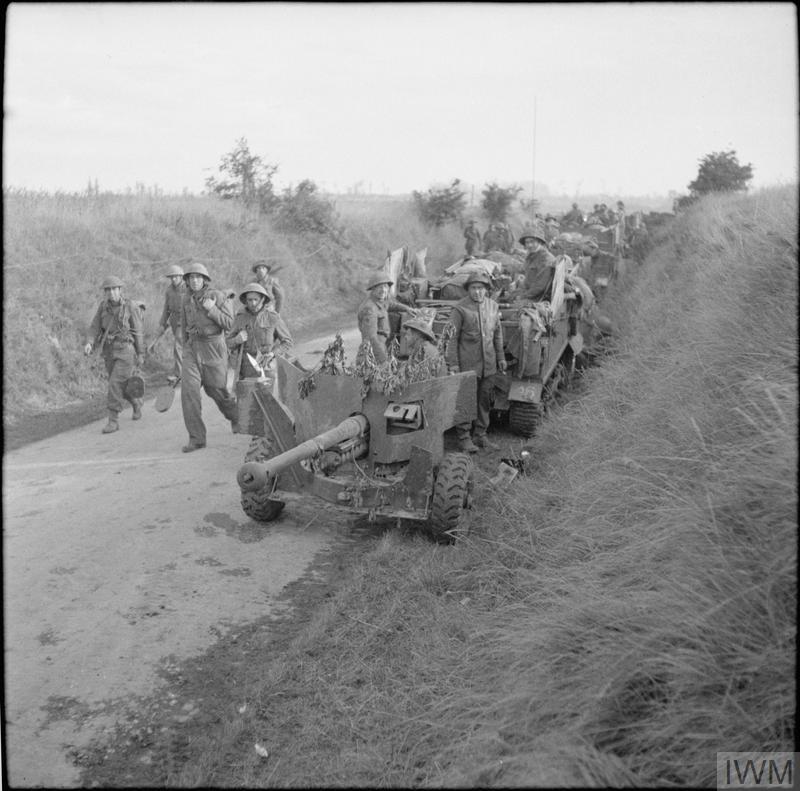
By the 9 July the British were consolidating the positions on the north bank of the Orne river and Caen Canal. The northern half of Caen had been liberated after nearly 5 weeks. IWM Image- B 6779 

The impact of Op Charnwood on the French civilian public cannot be underestimated. A large number of civilians killed from the pre bombardment and many left homeless, the city left in ruins. This point should never be forgotten. IWM image B 7101. in the Caen Cathedral 

To walk the Op Charnwood battlefield today, the frontline of four weeks from D-Day to 8 July, there is so much still to be seen of the scars of war. This, just one item I found sitting on a soil heap near building works at Lebisey in August '20. 
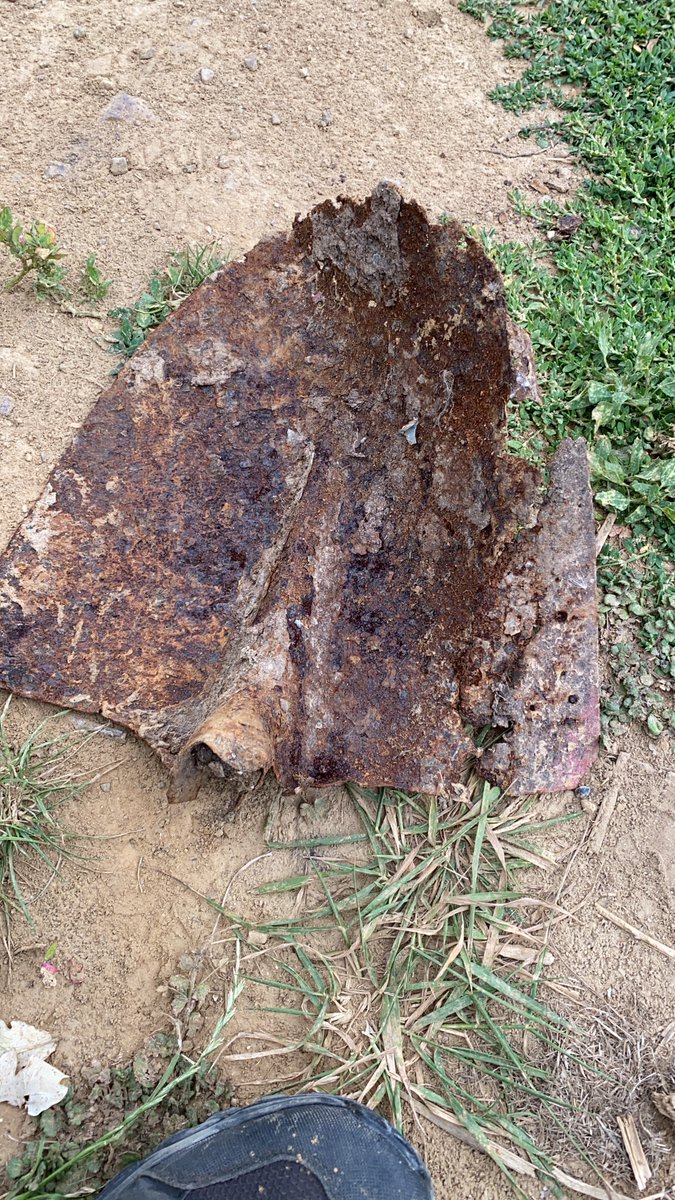
The German defences along that front were well planned, sighted and prepared. In this case comparing the two locations of Lebisey and Galmanche, the difference was down to the quality of German troop defending that position.
The reality though was that the advance of Op Charnwood was not going to be stopped. The pressure of the allies strength and resources would come through on the 8 July '44.
ko-fi.com/battlefieldben
ko-fi.com/battlefieldben
• • •
Missing some Tweet in this thread? You can try to
force a refresh













